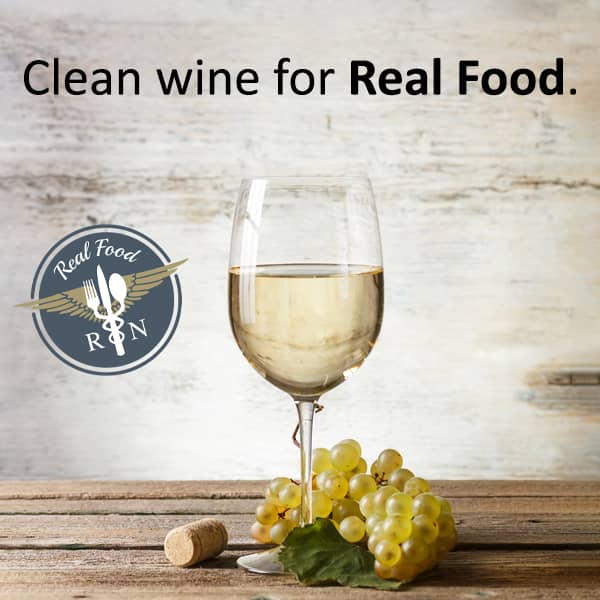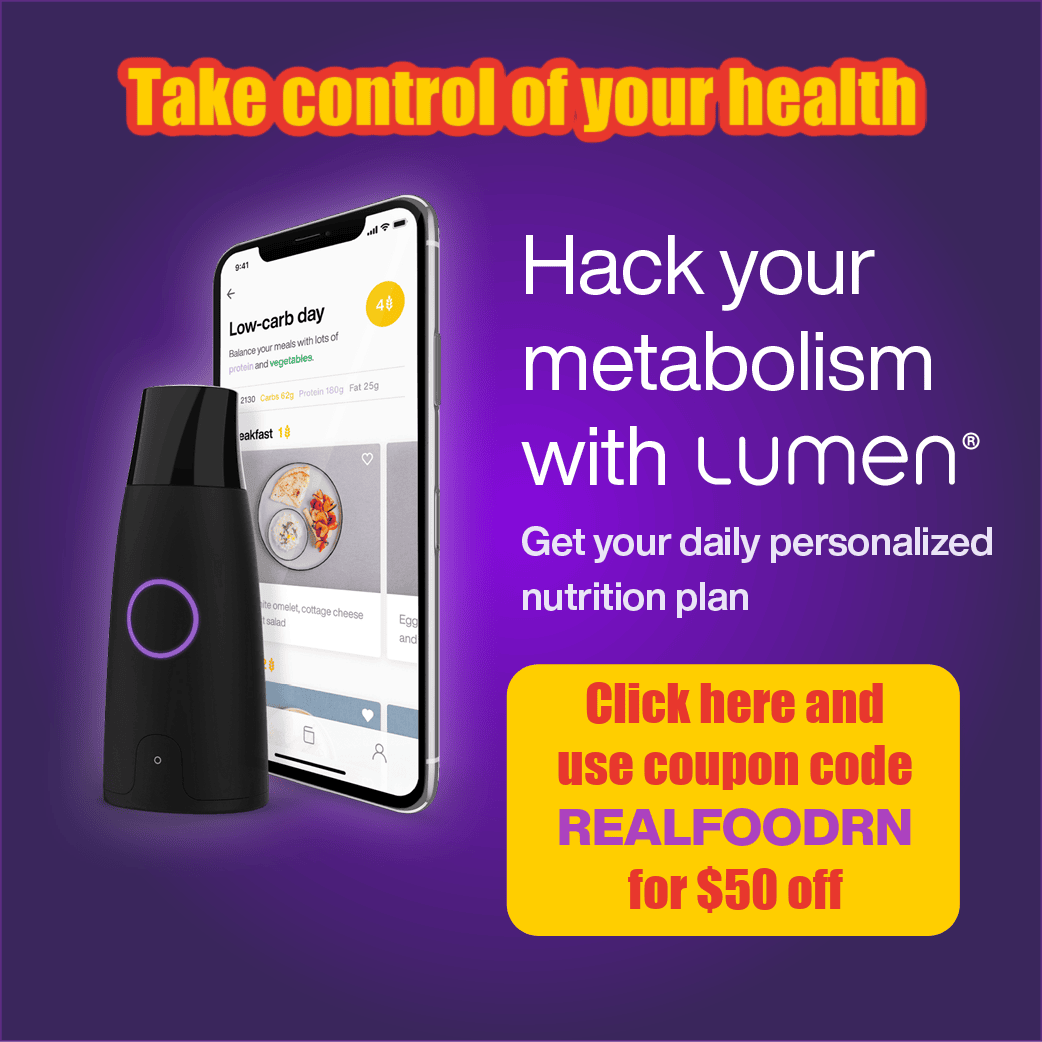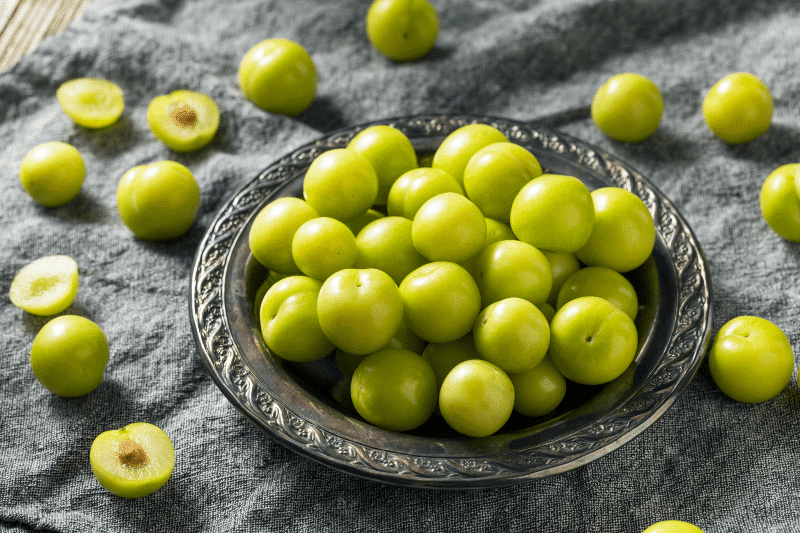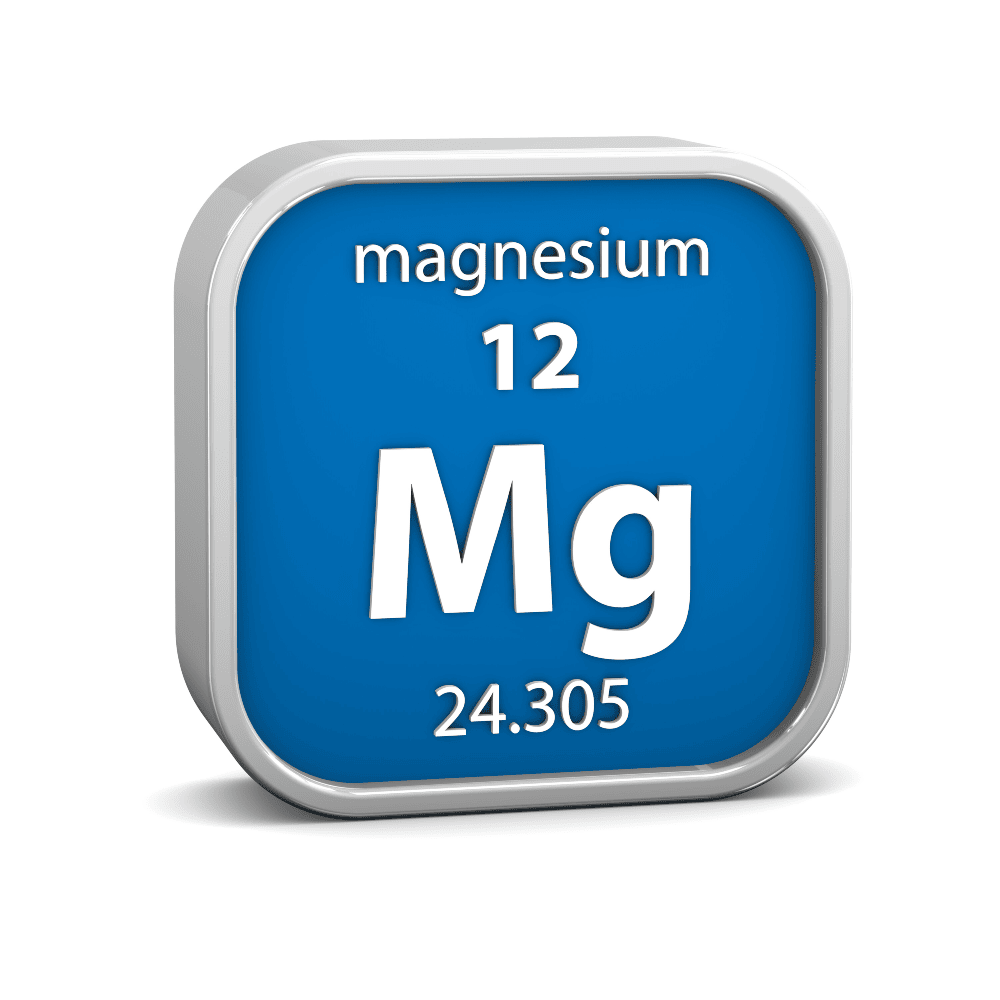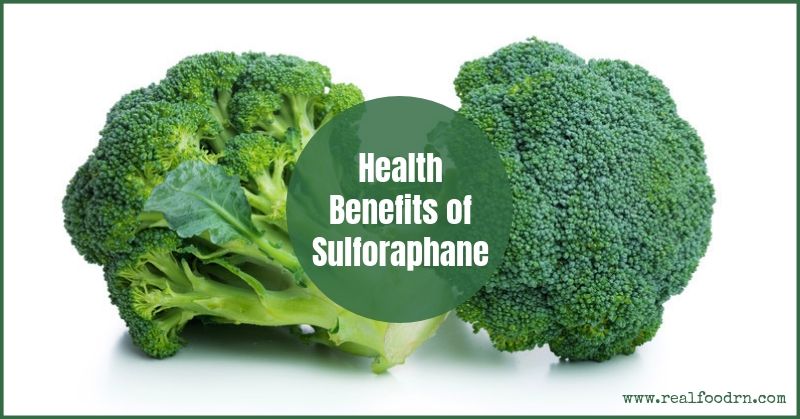
You probably know that a balanced diet is essential for good health. And that leafy greens should be an essential part of that balanced diet. But, did you know that not all greens are equal? In fact, there’s a whole family of green vegetables that can genuinely be called superfoods?
The latest research has found the group of greens, known as cruciferous vegetables due to the cross-shape of their flowers, is packed full of vitamins and minerals. You will recognize them like broccoli, kale, cabbage, cauliflower, Brussels sprouts, and bok choy.
Greens have had a reputation for all-around goodness for a long time, but recent studies have shown that these vegetables are not just the plant equivalent of a multivitamin, they contain an important compound called sulforaphane.
What is Sulforaphane?
Sulforaphane is a powerful phytochemical compound which is created when two enzymes, myrosinase and glucoraphanin, combine. These enzymes are found in different parts of the plant and are brought together to form sulforaphane, usually when the vegetable is “damaged” by being chewed, chopped, or blended.
What is Sulforaphane Good for?
Research has shown that sulforaphane has a wide range of health benefits from supporting your gut microbiome, brain, heart, and liver function to healing with depression and anxiety.
Sulforaphane has also been shown to be anti-inflammatory and antimicrobial and anti-aging. Studies consistently show that a diet rich in cruciferous vegetables decreases your risk of chronic disease and neurodegenerative diseases like Alzheimer’s and Huntingdon’s disease.
But sulforaphane’s headline benefit is helping to protect against a range of cancers, helping to defeat cancer cells and inhibiting the growth of tumors. Sulforaphane’s potent anticancer effect has been shown to be particularly helpful against colon, prostate, breast, stomach and skin cancers. The National Cancer Institute lists sulforaphane as an antioxidant and anticarcinogen, due to its ability to induce detoxification enzymes in the body.
Are There Any Negative Effects?
If you have a pre-existing medical condition, you should consult your doctor before making any major dietary change.
Initial studies have shown mixed results in the long-term effects of high doses of cruciferous vegetables. Most negative effects were seen in taking large amounts of mature broccoli or broccoli juice, with test rats showing some signs of liver toxicity.
There is also some evidence that some people may experience gastrointestinal discomfort after eating large amounts of broccoli sprouts. Experts recommend a slow and steady approach to increasing your intake of broccoli and other cruciferous vegetables. You should also be scrupulous in avoiding E-coli or salmonella contamination of broccoli sprouts, by washing sprouts before eating and avoid giving them to children, pregnant women, and people who are immune-compromised.
What is the Best Source of Sulforaphane?
While all the cruciferous vegetables contain the myrosinase and glucoraphanin necessary to create sulforaphane, the best way to get large amounts of sulforaphane fast is to eat broccoli sprouts.
Broccoli sprouts contain up to 100 times the concertation of sulforaphane than fully grown plants, and the highest levels are found in three-day-old sprouts. You can eat broccoli sprouts like any other microgreen, included in salads or sandwiches or in smoothies.
It’s also really easy to grow your own sprouts.
- Simply take a clean mason jar, add two spoonfuls of broccoli seeds and cover with filtered water.
- Cover with a sprouting lid or clean cloth and leave for 8 to 12 hours.
- Drain off the water and rinse the broccoli seeds.
- Keep the jar at an angle, so any excess water drains off. We use these sprouting stands.
- Rinse and drain a couple of times a day until the seeds start to sprout. They are ready to use when you see some dark green leaves on the sprouts.
Cruciferous vegetables are best eaten raw or very lightly cooked as heat above 158 degrees Fahrenheit destroys the myrosinase that is important in creating sulforaphane. Frozen vegetables are blanched as part of the production process and have no potential for sulforaphane. Here’s a compilation of cruciferous vegetable recipes if you are stuck on how to prepare them!
The best way to cook broccoli, cabbage, and other cruciferous vegetables is to chop them and let them rest for five minutes to encourage the enzymatic process. Then steam for up to three minutes. Boiling the vegetables will destroy myrosinase.
If you want to perk up the available sulforaphane in your cooked vegetables, sprinkle them with some mustard seeds or mustard seed powder. This has been shown to boost sulforaphane levels as mustard is also part of the cruciferous family.
If you want to learn more about sulforaphane, Dr. Rhonda Patrick is THE authority!! I have listened to her talk about the topic extensively. Here is just one of her many videos/podcasts/interviews on the topic…
CLICK HERE to Pin This Post
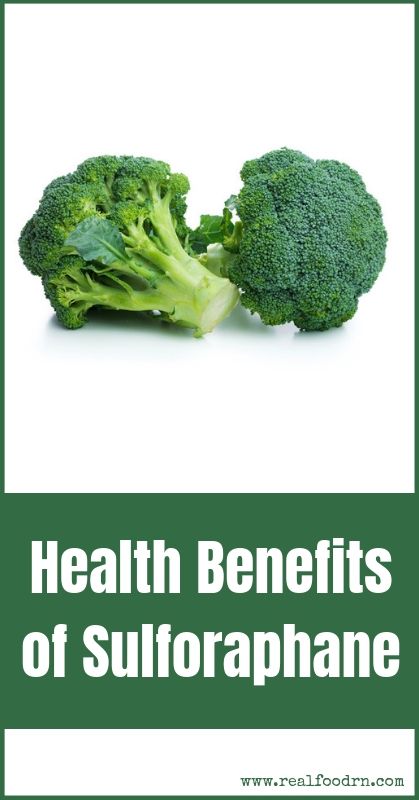
Resources:
- https://www.sciencedaily.com/releases/2017/03/170307100402.htm
- https://www.refinery29.com/broccoli-sprouts-sulforaphane-benefits
- https://www.cancer.gov/publications/dictionaries/cancer-drug/def/sulforaphane
- https://wellnessmama.com/346041/sulforaphane
- https://mybiohack.com/blog/the-15-benefits-of-sulforaphane-glucoraphanin-broccoli-sprouts-nrf2-cancer-longevity-aging-cooking
